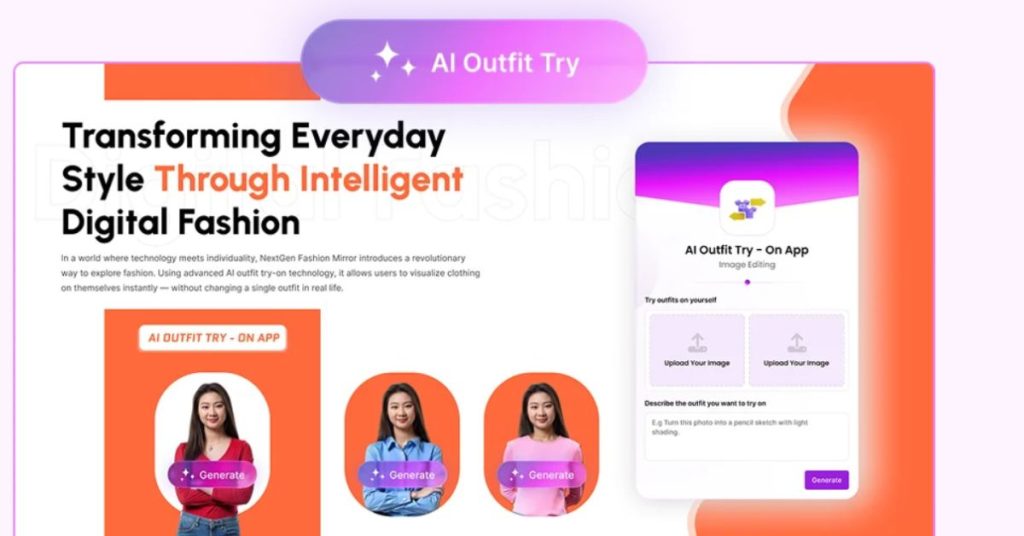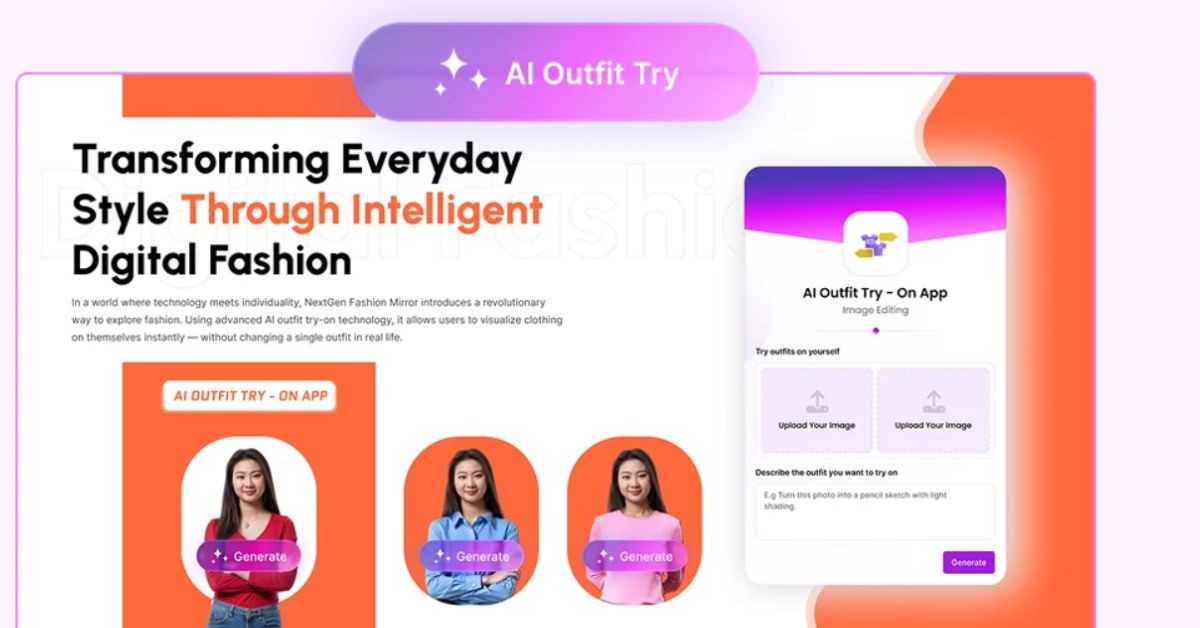In a world where speed and smart automation increasingly define success, the emergence of intelligent platforms that streamline work has become a major differentiator. One such platform is MagicApps AI, a company that positions itself as an end-to-end provider of AI‐powered tools for both individuals and enterprises. webmagic.ai In this blog post, we’ll take a deep dive into what MagicApps offers, how it works, its strengths and potential limitations, and the larger implications for professionals and organizations thinking of leveraging AI.

What is MagicApps AI?
MagicApps is framed as a technology company that “specialise[s] in Artificial Intelligence development and offer[s] AI solutions for both individuals and businesses.” webmagic.ai Their portfolio currently mentions:
- EmailMagic AI – An AI email writer intended to help users write emails faster, with the goal of creating a “digital twin” that writes like you. webmagic.ai
- WebMagic AI – A text summarisation tool that lets users compress long articles and reading material into concise summaries, thereby saving time. webmagic.ai+1
- Custom AI projects for enterprises — meaning, bespoke work where MagicApps works from strategic consultation through to technical implementation. webmagic.ai
In short, MagicApps positions itself not just as a software vendor, but as a full-service AI partner: building, deploying, and integrating tools aimed at boosting productivity and automation.
Key Features & Value Propositions
Here are some of the standout features and benefits that MagicApps promotes, along with what they may mean in practice.
Accelerated productivity
By offering tools like WebMagic AI for summarising content, users can reduce the time they spend reading long articles — freeing them up for higher-value work. webmagic.ai+1
For example: a professional who routinely reviews sector reports or research papers could use the summariser to quickly grasp the gist and move on.
Personalisation & “digital twin”
With EmailMagic AI, MagicApps is targeting the idea of writing emails “just like you.” In effect, creating an AI persona that reflects your style. webmagic.ai
This touches on an interesting niche: many people spend large portions of their day sending routine correspondence; automating part of that while preserving tone and voice is appealing.
Enterprise readiness & customisation
MagicApps emphasises that beyond off-the‐shelf tools, they can do custom AI projects for organisations — from strategy to implementation. This makes them less a “one‐app” company and more a solutions provider. webmagic.ai
For businesses considering AI adoption but unsure where to start, that kind of end‐to‐end assistance can be beneficial.
Simplicity and user focus
In their own words: “Our AI-powered tools make it easier than ever to work smarter, not harder.” webmagic.ai
User-friendly AI is a major advantage: for many organisations and individuals, the barrier to entry for “AI tools” is not just cost, but complexity. Tools that reduce friction are more likely to be adopted.
Use Cases: Who Can Benefit & How
Let’s imagine some real‐world scenarios where MagicApps’ tools could apply.
1. Busy professionals & knowledge workers
If you’re spending hours writing or replying to emails, or wrestling with long reports, tools like EmailMagic and WebMagic offer time-savings. For example:
- Drafting follow-up emails, meeting summaries, outreach messages.
- Summarising competitor reports, white-papers, research articles.
By outsourcing these tasks to AI, you reclaim time for strategy, thinking and decision-making.
2. Small to medium-sized businesses (SMBs)
An SMB may not have a large in-house AI team or budget. By working with MagicApps for a custom project, they might automate routine customer emails, summarise incoming research or automate parts of their internal workflow.
This enables them to “punch above their weight” in productivity compared to smaller peers.
3. Enterprises undergoing digital transformation
Larger companies with strategic AI ambitions often need consulting, architecture, implementation and change management. Because MagicApps offers custom work from “initial strategic discussions to technical implementation” webmagic.ai, they could serve as a partner for companies looking to adopt newer AI capabilities, integrate them, and scale them.
4. Educational / research use
While MagicApps’ main focus appears to be business productivity, a tool like WebMagic (summariser) could also be useful in academic settings: professors, students, researchers who need to extract meaning from lots of text quickly.
Strengths & Competitive Advantages
Here are some of the reasons why MagicApps might stand out:
- Focused niche productivity tools: Rather than trying to be a “general AI platform” for everything, MagicApps is carving out productivity tools (email writing, summarisation) plus custom projects. That gives them clarity of purpose.
- End‐to‐end service offering: The ability to take an enterprise client from strategy through technical implementation is a meaningful differentiator compared to “app only” vendors.
- User experience emphasis: Their stated aim of making tools “easier than ever to work smarter” suggests a focus on usability — which is crucial for adoption.
- Scalability potential: Because summarisation and email tasks scale with knowledge work, the addressable market is large.
Limitations & Considerations
That said, no solution is perfect, and there are important things to keep in mind.
Tool maturity & domain-specificity
While MagicApps offers summarisation and email automation, the effectiveness of these tools will depend on the nature of the input. Complex domain-specific content (legal, medical, technical) may require more tailored AI models or human oversight.
Any summary or automated email should still be reviewed — as AI tools may miss nuances.
Data privacy and security
Whenever you use AI to process text (especially emails) or summarise internal documents, data privacy becomes critical. Enterprises must ask: how is their data stored, processed, what safeguards exist, what jurisdictions apply. The website does not yet appear to provide exhaustive detail on this publicly.
Because you’re handing over potentially sensitive text, you must ensure compliance.
Cost vs benefit
Adopting any AI tool requires investment: in licences, training, integration, change management. The productivity gains must justify that cost. For smaller firms or solo professionals, the ROI needs to be clear.
Also, as with many AI tools, there’s a risk of “hype” vs “real impact” — time savings must translate into value.
Human oversight still required
Automation is great for routine tasks, but creative judgement, personalisation, ethics and nuance remain human strengths. For example, an email written by AI might lack empathy, context sensitivity, or subtlety unless carefully managed.
Vendor risk & lock-in
If you adopt a vendor like MagicApps for custom work, you should ask about long-term support, code ownership, data portability and exit strategy. Will you be locked in? Is the model sustainable? How will future updates be managed?
How to Get Started (Practical Approach)
If you’re thinking of using MagicApps (or any similar tool) in your workflow or organisation, here’s a suggested roadmap:
Step 1: Identify the pain-points
Start by listing tasks that are repetitive, time-consuming, and lower value. Examples: summarising long emails/reports, drafting standard emails, analysing text content from customers.
Choose one or two to test first.
Step 2: Define the outcome & metrics
What would success look like? For instance: “Reduce average email composition time from 10 minutes to 4 minutes” or “Cut summary reading time by 50% while retaining accuracy.”
Having clear metrics helps evaluate.
Step 3: Test the tool
Try a pilot with MagicApps’ summariser (WebMagic) or email writer (EmailMagic). Use real content, test accuracy, usability, integration with your current tools.
Evaluate: how well does it perform, what errors or quirks appear.
Step 4: Review governance & data policies
Ensure you understand how the tool handles your data: where it is processed, stored, who has access. Define user roles, approval workflows, etc.
For enterprise use, check contract, SLA, support, exit clauses.
Step 5: Scale and integrate
If the pilot is successful, you can begin integrating into workflow: e.g., linking with email platforms, using the summariser as part of your research process, training users.
You can also consider custom AI projects if you have more ambitious goals.
Step 6: Monitor, measure, iterate
Track performance: time saved, improved output, user satisfaction. Get feedback from users. Refine prompts, workflows, templates.
Over time, refine the automation so that it aligns even better with your style and needs.
The Bigger Picture: Why Tools like MagicApps Matter
What MagicApps represents is part of a broader shift in work:
- From manual to assisted: Many knowledge‐worker tasks are ripe for augmentation. Writing, summarising, analysing — these tasks can increasingly be assisted by AI.
- Democratisation of AI: Instead of AI being restricted to large organisations with big budgets, platforms like MagicApps make it more accessible to smaller firms and individuals.
- Focus on time, not just output: Productivity gains matter more than just “better output”. Being faster, smarter, less burdened means more bandwidth for strategic work.
- Customisation and integration: The differentiation in future will be how AI is embedded in workflows, tailored to domain, and integrated with human judgement — not just “an app that writes emails”.
- Ethics, oversight and trust matter: As AI becomes more embedded, questions around bias, accuracy, data privacy, accountability become central. Tools that simplify must also enable responsible use.
Final Thoughts
If you’re a professional, team leader, or organisation exploring ways to gain an edge, the offering from MagicApps is worth considering. Their focus on productivity tools (email writing, summarisation) addresses pain‐points that many experience daily. Their readiness to deliver custom enterprise-grade solutions is a plus if you’re on the growth or transformation track.
That said—it’s not a magic pill. The success of adoption will depend on:
- Choosing the right tasks for automation
- Ensuring data security and governance
- Maintaining human oversight and quality control
- Measuring real impact and iterating
When done thoughtfully, a platform like MagicApps can become a lever to reclaim time, increase clarity, and amplify value. As work becomes more complex and fast‐paced, the ability to “work smarter, not harder” may well be a competitive advantage.
If you like, I can pull together a step-by-step implementation guide for how to roll out MagicApps (or similar tools) within a small company or solo consultancy — would that be useful?



